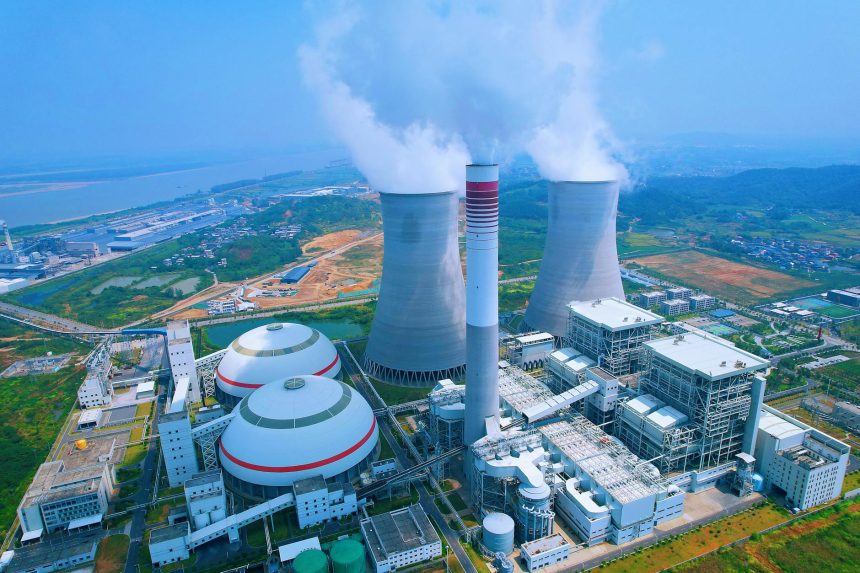nuclear power expansion
Nuclear Power Expansion: How Nations Are Reshaping Energy Futures
Nuclear Power Expansion: How Nations Are Reshaping Energy Futures
The Global Race for a Nuclear Future
The world is witnessing a significant surge in interest and investment in nuclear power, driven by the urgent need for clean, reliable energy sources. As nations grapple with climate change and energy security, the silent hum of nuclear reactors is becoming an increasingly prominent sound in the global energy discourse. This renewed focus isn’t just about meeting current demands; it’s about fundamentally reshaping our energy landscapes for decades to come.
China’s Ambitious Nuclear Program
Leading this charge is China, which has embarked on an unprecedented expansion of its nuclear fleet. Projections indicate that by 2035, China aims to operate a staggering 150 nuclear plants. This aggressive development strategy positions China to potentially overtake the United States in terms of nuclear-generated electricity output, a significant shift in the global energy hierarchy.
Why the Sudden Push?
Several factors are fueling China’s rapid nuclear build-out. First and foremost is the nation’s commitment to reducing its reliance on fossil fuels and meeting its ambitious carbon neutrality goals. Nuclear power offers a consistent, low-carbon baseload power source that complements its rapidly growing renewable energy sector.
Implications for Global Energy Dynamics
The sheer scale of China’s nuclear expansion has profound implications. It signals a potential shift in global energy leadership and influences international discussions around nuclear technology, safety standards, and non-proliferation. Furthermore, it highlights the growing demand for specialized skills and materials within the nuclear industry.
The United States and the Nuclear Renaissance
While China is rapidly expanding its fleet, the United States is also re-evaluating its nuclear strategy. The urgency to decarbonize the energy sector and enhance energy independence is prompting a renewed look at existing nuclear infrastructure and the potential for new reactor designs, including advanced small modular reactors (SMRs).
Challenges and Opportunities
The US nuclear industry faces its own set of challenges, including the high cost of new construction and the long lead times for project completion. However, there’s also a growing recognition of nuclear power’s vital role in a clean energy future. Policy initiatives and investments are being explored to revitalize the sector.
Global Trends in Nuclear Power
Beyond China and the US, many other countries are actively engaged in or considering expanding their nuclear energy programs. This global trend underscores a shared understanding of nuclear power’s potential benefits:
- Reliable, baseload electricity generation.
- Significant reduction in greenhouse gas emissions compared to fossil fuels.
- Enhanced energy security and independence.
- Technological advancements leading to safer and more efficient reactor designs.
Key Markets for Nuclear Growth
Several regions are showing strong interest in nuclear energy:
- Asia: Beyond China, countries like India and South Korea are expanding their nuclear capabilities.
- Europe: While some nations are phasing out nuclear, others, like France and the UK, are investing in new reactors.
- Middle East: Emerging economies are exploring nuclear power as a way to diversify their energy mix.
The Future of Nuclear Energy
The current trajectory suggests a significant global push towards nuclear power. This expansion is not without its complexities, involving regulatory hurdles, public perception, and the ongoing development of advanced reactor technologies. However, the imperative for clean, secure energy is a powerful driver.
For more insights into global energy trends, consider exploring resources from the World Nuclear Association and the International Atomic Energy Agency.
© 2025 thebossmind.com




